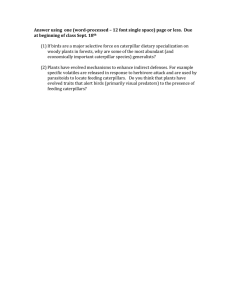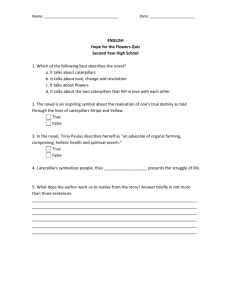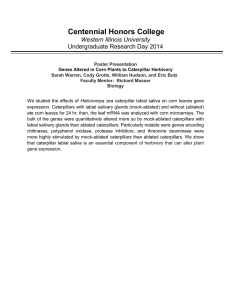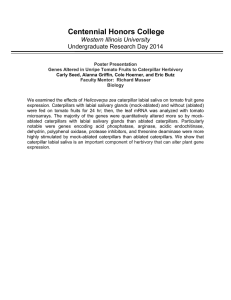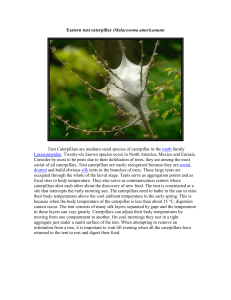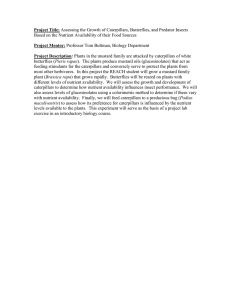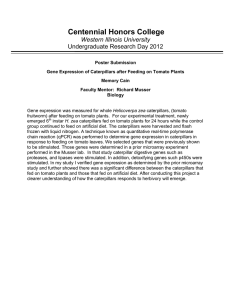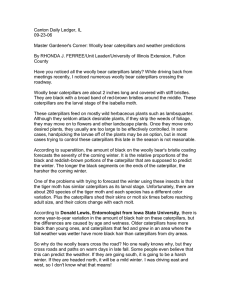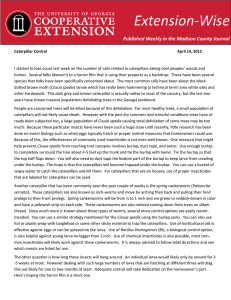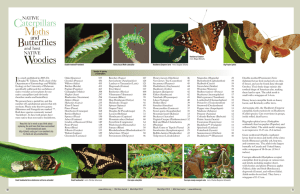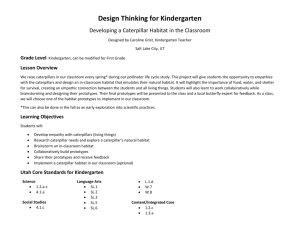Lesson Study-1 - Center for Outreach in Mathematics Professional
advertisement
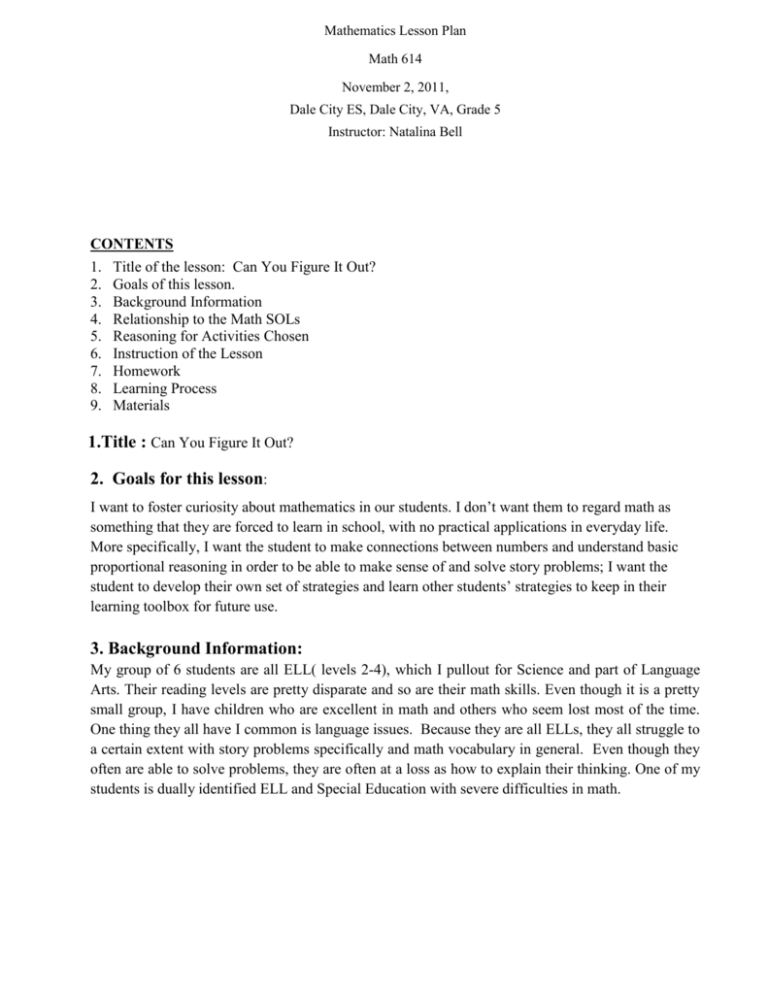
Mathematics Lesson Plan Math 614 November 2, 2011, Dale City ES, Dale City, VA, Grade 5 Instructor: Natalina Bell CONTENTS 1. 2. 3. 4. 5. 6. 7. 8. 9. Title of the lesson: Can You Figure It Out? Goals of this lesson. Background Information Relationship to the Math SOLs Reasoning for Activities Chosen Instruction of the Lesson Homework Learning Process Materials 1.Title : Can You Figure It Out? 2. Goals for this lesson: I want to foster curiosity about mathematics in our students. I don’t want them to regard math as something that they are forced to learn in school, with no practical applications in everyday life. More specifically, I want the student to make connections between numbers and understand basic proportional reasoning in order to be able to make sense of and solve story problems; I want the student to develop their own set of strategies and learn other students’ strategies to keep in their learning toolbox for future use. 3. Background Information: My group of 6 students are all ELL( levels 2-4), which I pullout for Science and part of Language Arts. Their reading levels are pretty disparate and so are their math skills. Even though it is a pretty small group, I have children who are excellent in math and others who seem lost most of the time. One thing they all have I common is language issues. Because they are all ELLs, they all struggle to a certain extent with story problems specifically and math vocabulary in general. Even though they often are able to solve problems, they are often at a loss as how to explain their thinking. One of my students is dually identified ELL and Special Education with severe difficulties in math. 4. Relationship to the Math SOLs: Virginia SOL 4.4 The student will solve single-step and multistep addition, subtraction, and multiplication problems with whole numbers. 4.15 The student will recognize, create, and extend numerical and geometric patterns Virginia SOL 5.4 The student will create and solve single-step and multistep practical problems involving addition, subtraction, multiplication, and division with and without remainders of whole numbers. Virginia SOL 5.17 The student will describe the relationship found in a numerical pattern and express the relationship. 5. Reasoning for activities chosen for the lesson: We borrowed the Caterpillar and Leaves problem from our Math 614 class activity. We thought that this would be visually stimulating and easy to represent graphically. This problem lends itself to unit rate solution, an additive solution, or a multiplicative solution. Furthermore, the language of the problem is simple enough that even my lowest ELL students will be able to understand and interpret with ease. After observing my team mate, Kathy, delivering the lesson to her 6 th grade class I also ascertained that this would be the perfect problem to reach both the students who have little or no problems with math skills and those who seem to get very little from math instruction. 6. Instruction of the lesson Students are put into pairs and introduced to the problem. They are told they can use any of the manipulatives put out for them to solve their problem. They are given ten minutes to discuss it and figure out a way to solve it and then another ten minutes to prepare their poster. Students then will be asked to present their solution and their reasoning to the others. Teacher will make connections between reasoning and methods. Problem: Caterpillar and Leaves A fifth grade class needs 5 leaves each day to feed its 2 caterpillars. How many leaves would the students need each day for 12 caterpillars? Show your work in words, pictures and numbers. 8. Learning Process Students’ Learning Activities, Teacher’s questions and Expected Reactions from students Introducing the problem A fifth grade class needs five leaves a day to feed their two caterpillars. How many leaves a day would the students need to feed 12 caterpillars? Teacher’s Support Points of evaluation Check if anyone does not understand the problem. Q1: How many leaves for each caterpillar? Q2: How many leaves for all 12 caterpillars? Q3: How would you figure it out? S1 I may use a number line to figure it out. S2 I can draw caterpillars and leaves to determine how many leaves 12 caterpillars will need. S3 I can use a t-chart to keep adding five leaves every two caterpillars. Remind the students they have attempted the same type of problem before. Recognizing today’s main question Write down the students answers on board. Were the students able to figure out more than one way of solving the problem? Divide students into groups of two. Provide a variety of manipulatives:. Did all the students participate in the discussion? How can you solve a multi-step story (word) problem? Q1: Should I figure how many leaves for each caterpillar first? Q2: Whar else can I do? Group work: solving a multi-step rational number problem. Help and assist as necessary without offering solutions. Comparing and Discussing 1. 2. 3. Post the students’ posters/work and explain their findings in their groups. Ask each other questions and try to make sense of the findings. Bring up any problems/doubts. Encourage students to express their opinions. Facilitate discussion and encourage students to ask questions. Are the students discussing the problem and possible solutions? Did the students ask good logic questions? Did they try to solve the problem through discussion? Making connections Compare each group’s work and connect their strategies and reasoning. Connect the “dots” for the students by connecting each group’s work and methods. Do the students seem to understand the connections made by the teacher? 9. Materials needed: counters, cut-outs, unifix cubes, big post-it poster paper, markers, etc… Caterpillar and Leaves A fifth grade class needs 5 leaves to feed its 2 caterpillars each day. How many leaves would the class need each day for 12 caterpillars? Show your answer in words, pictures, and numbers. ~~~~~~~~~~~~~~~~~~~~~~~~~~~~~~~~
